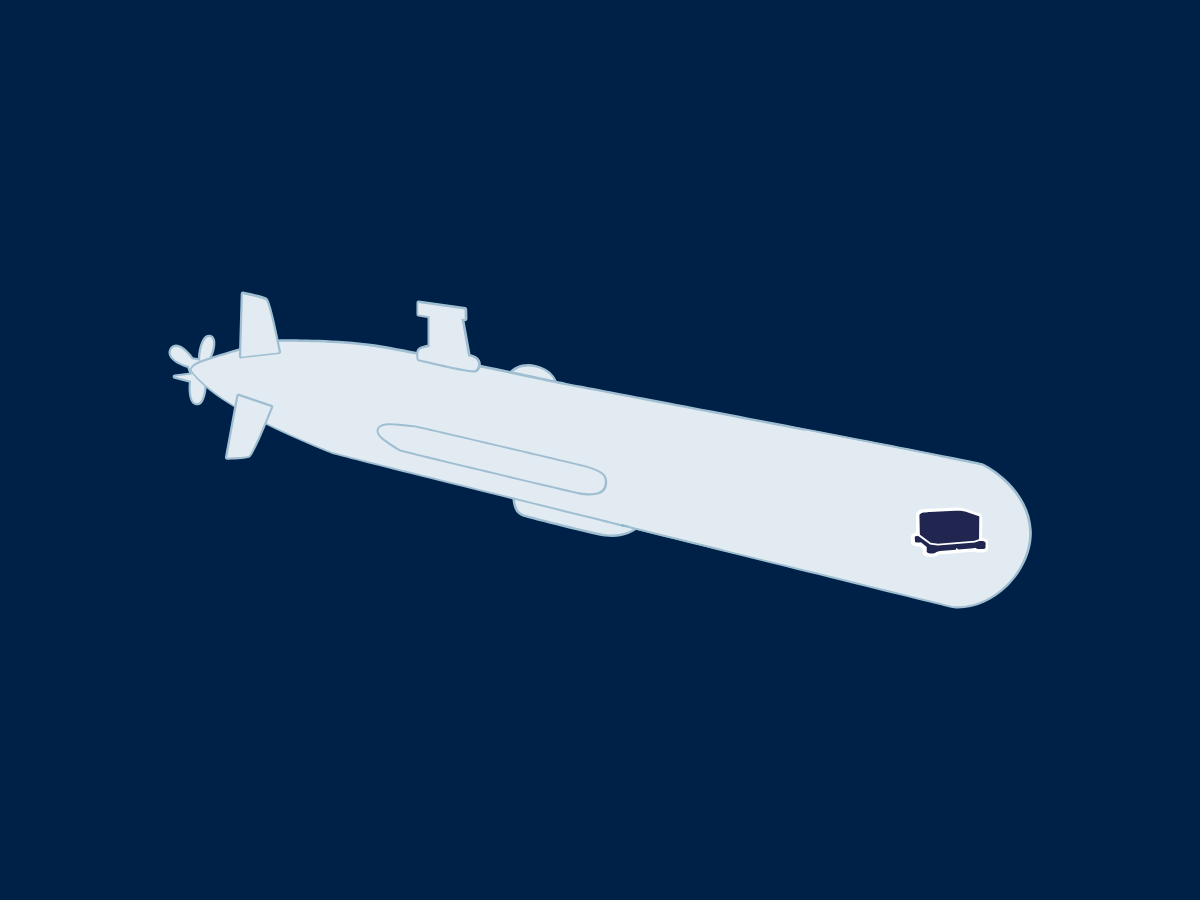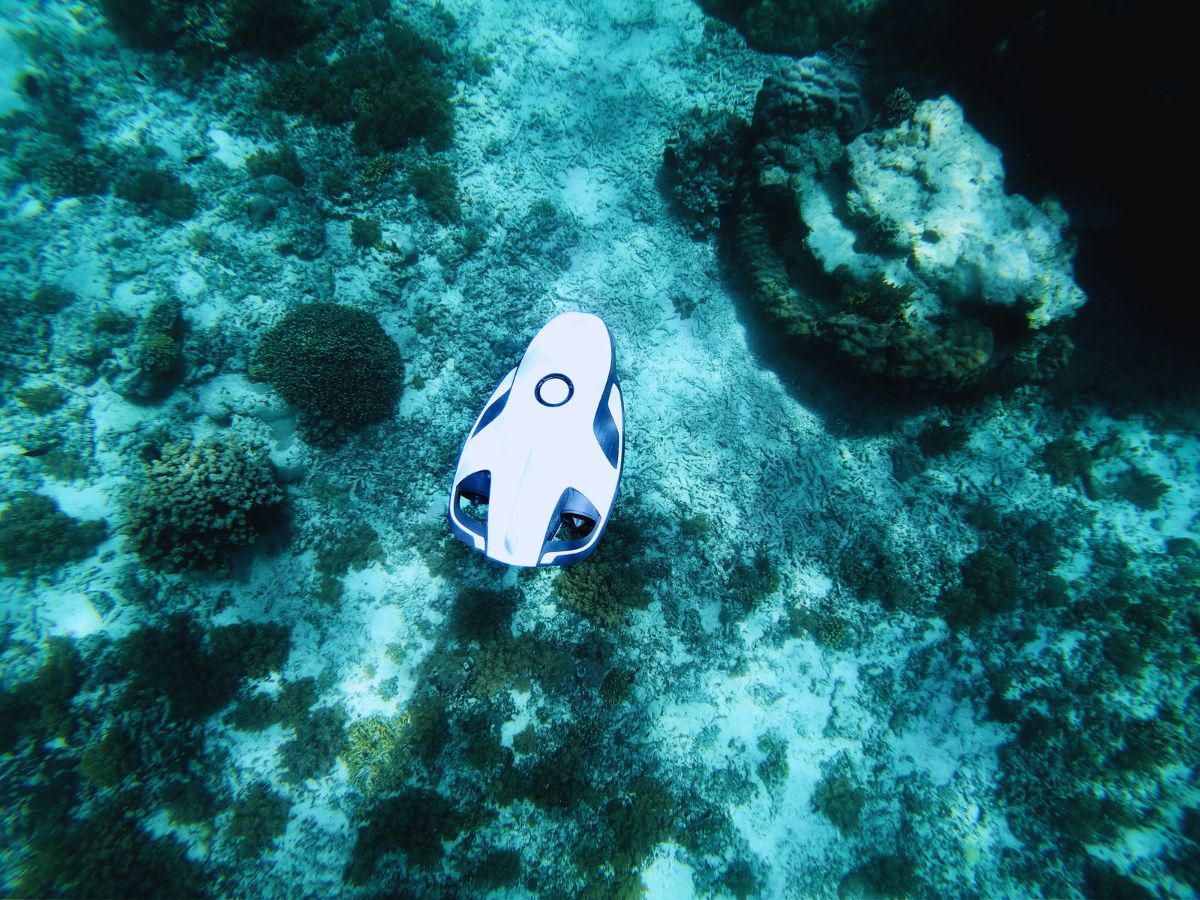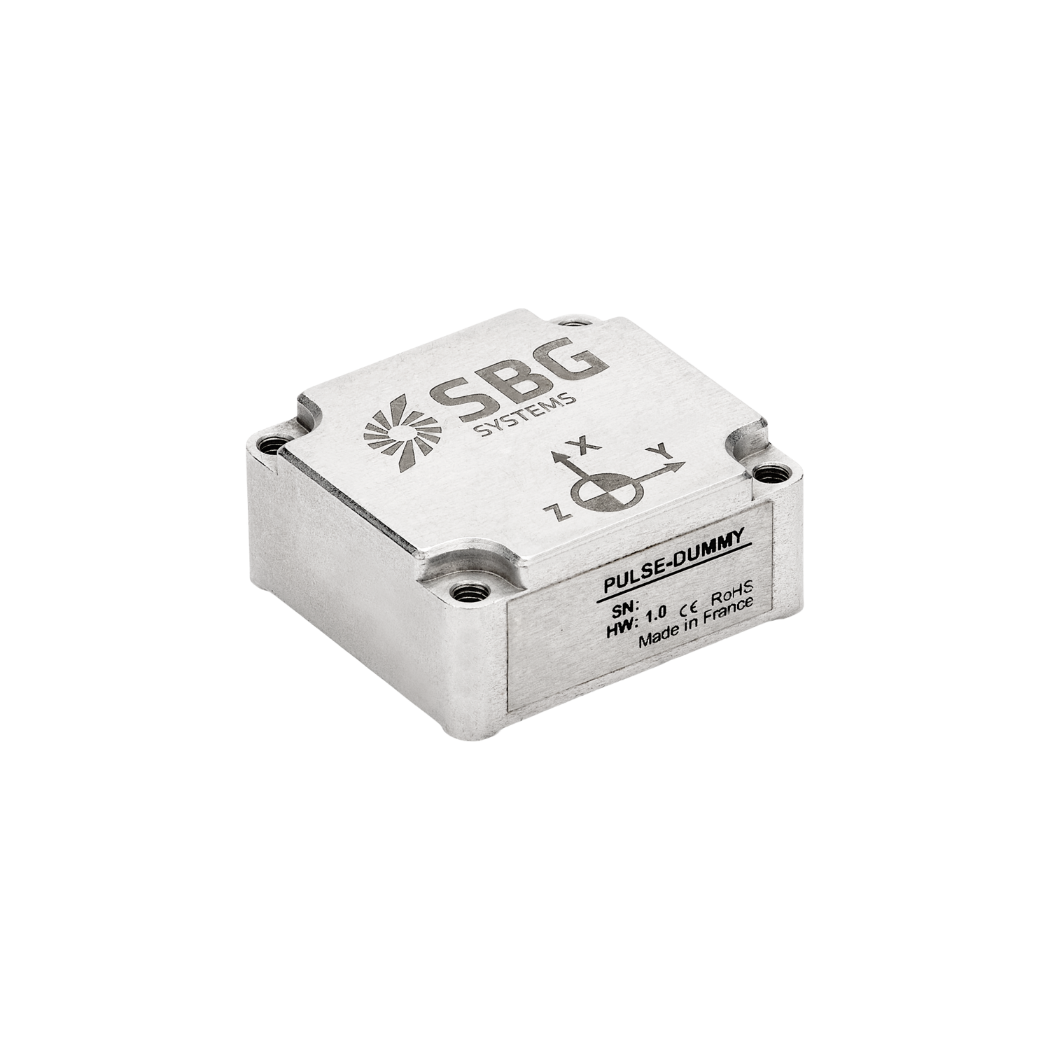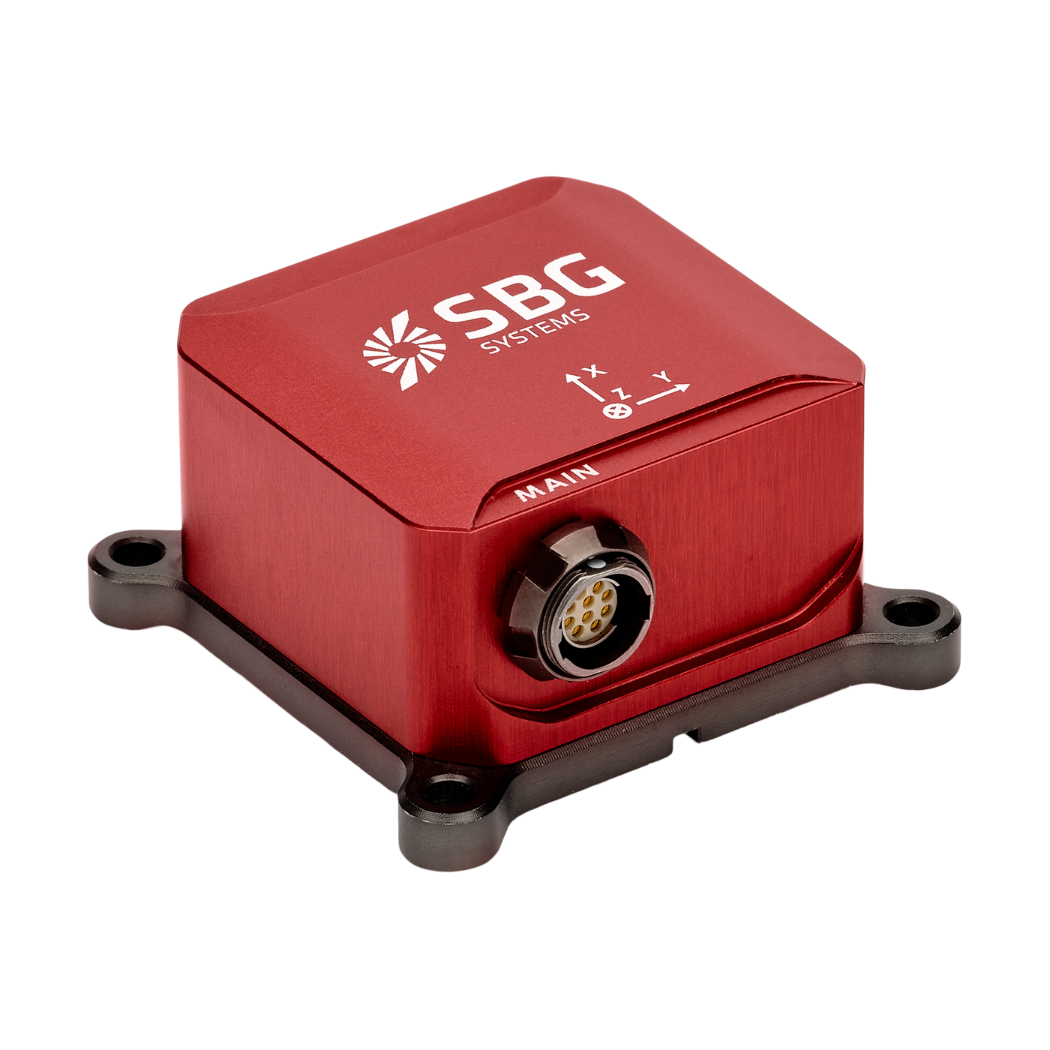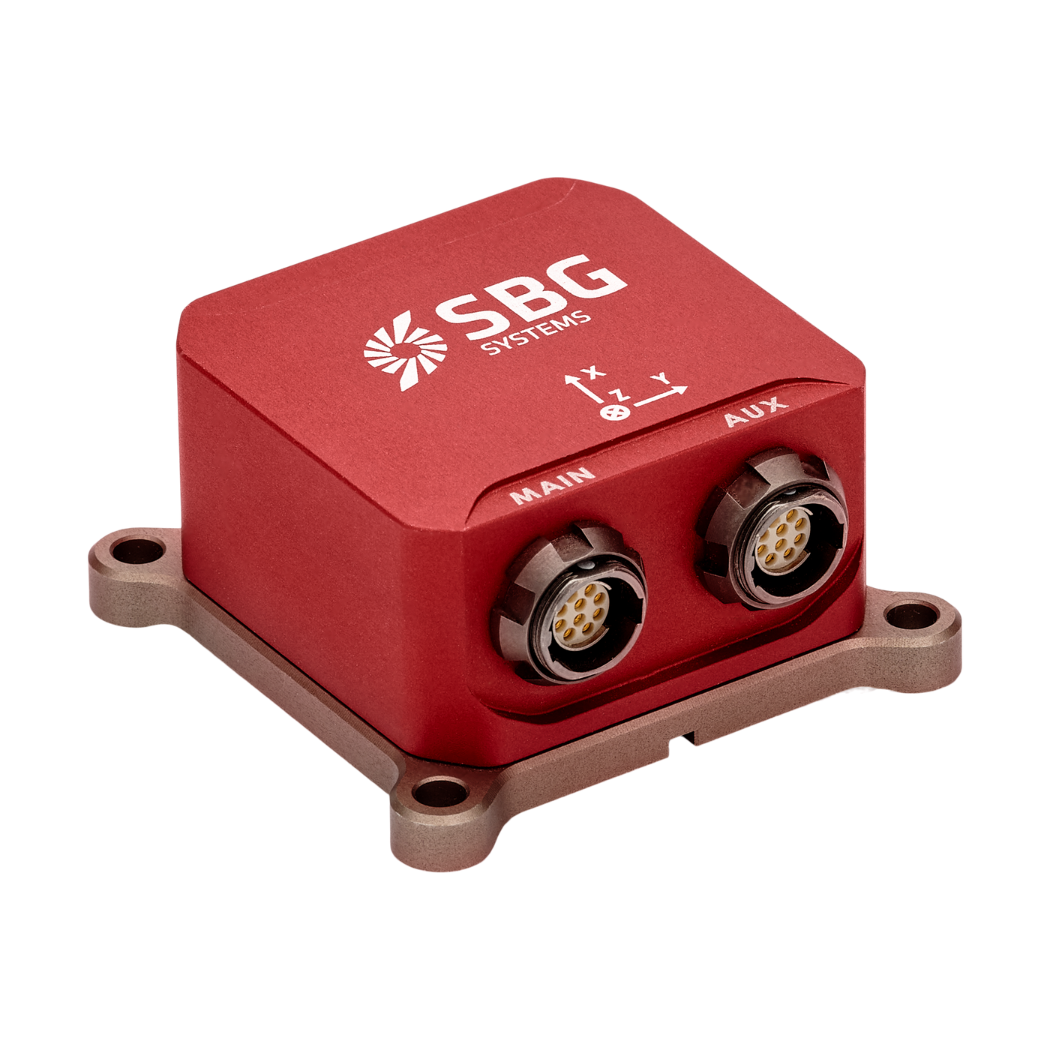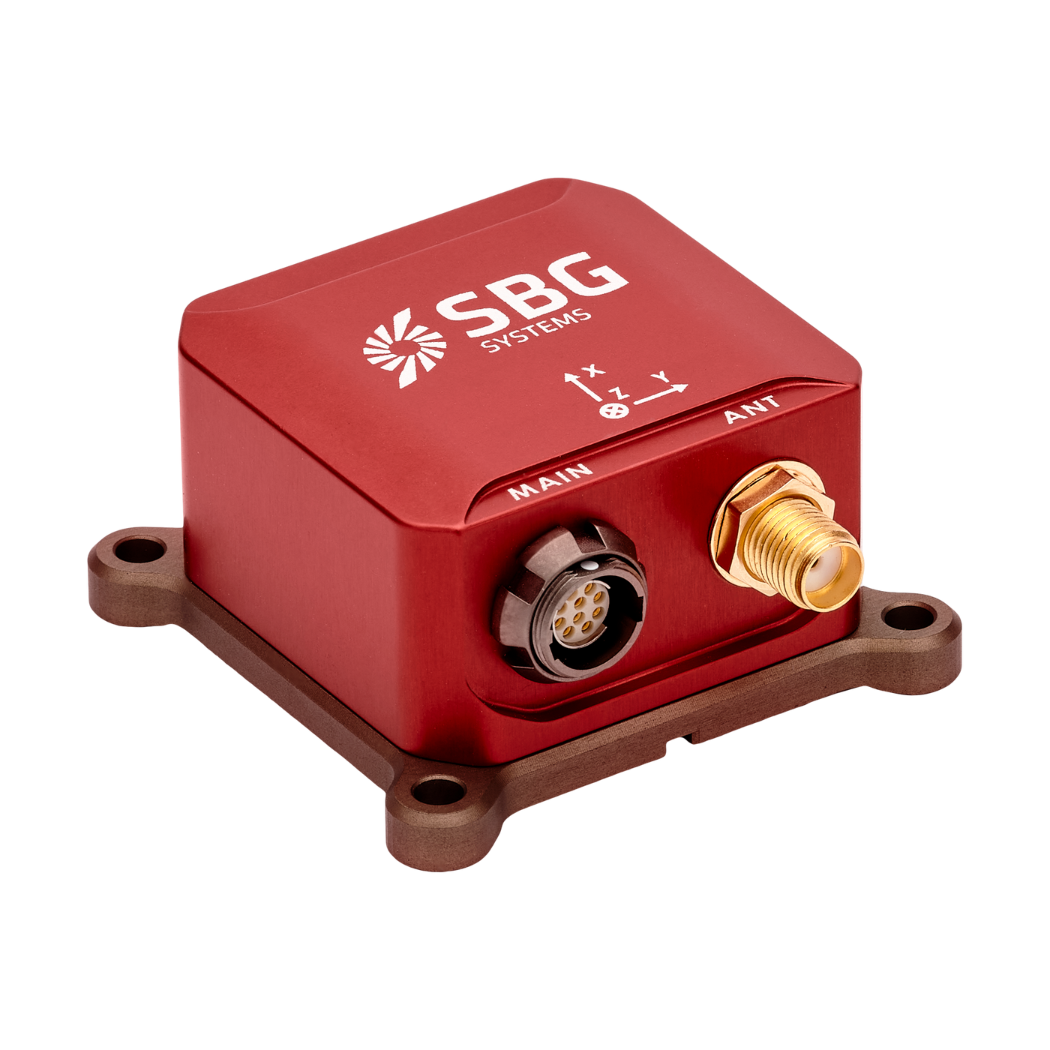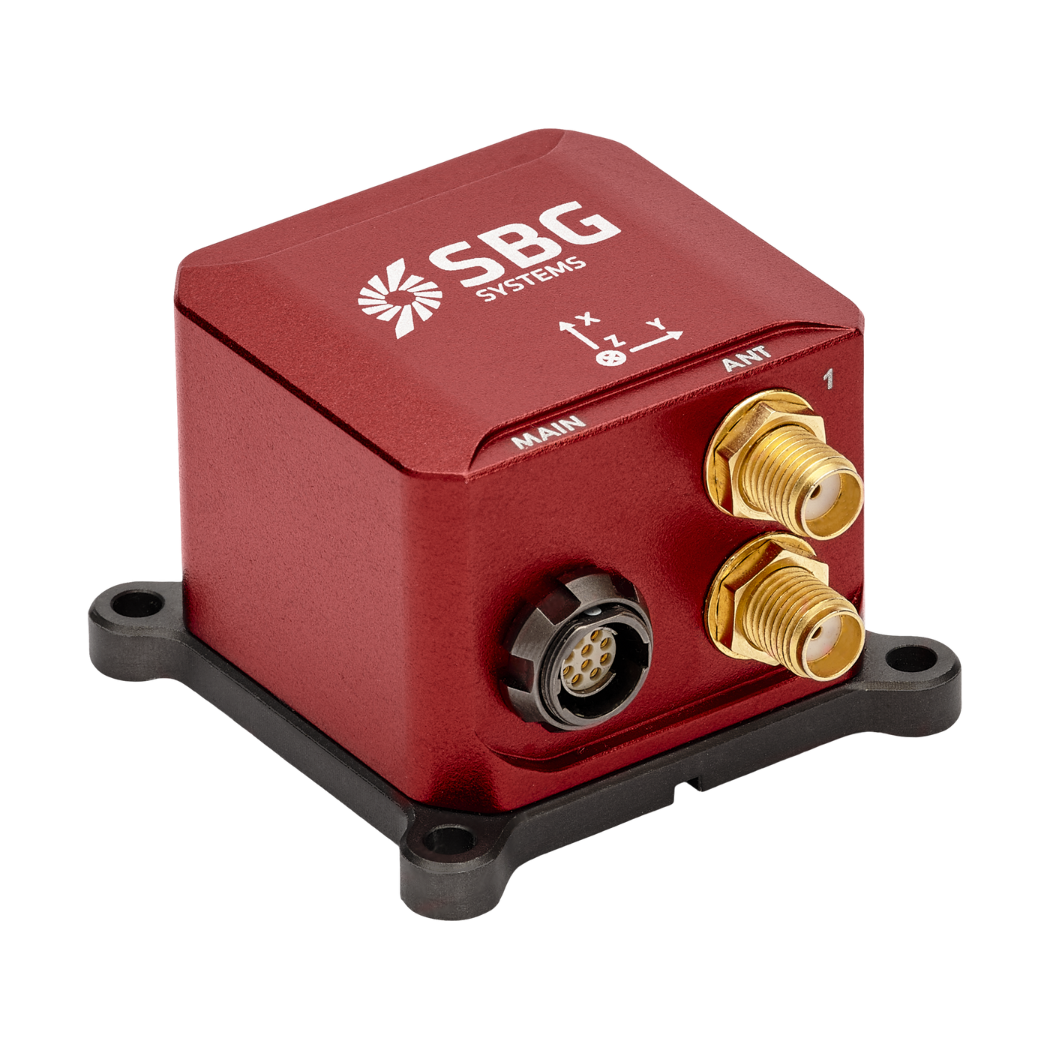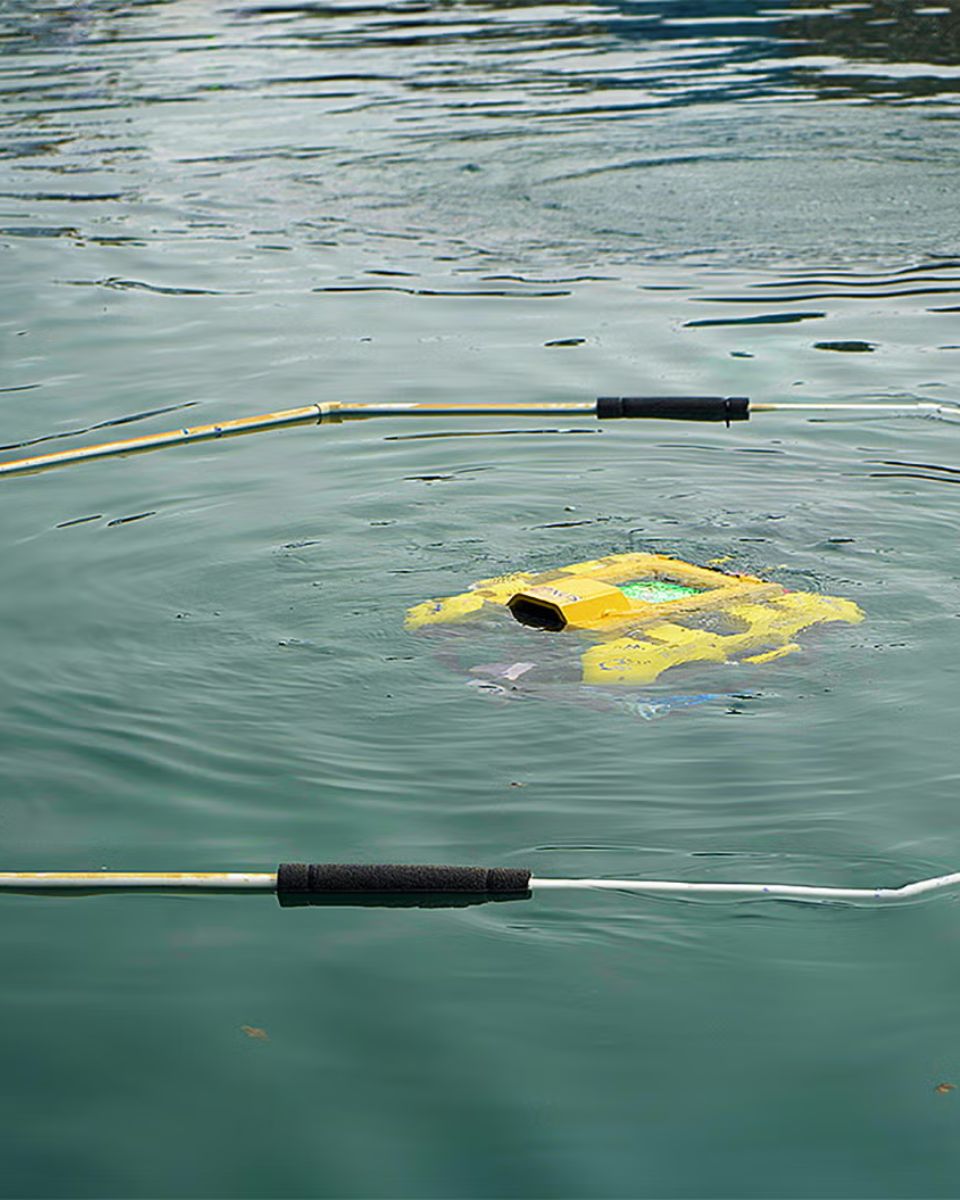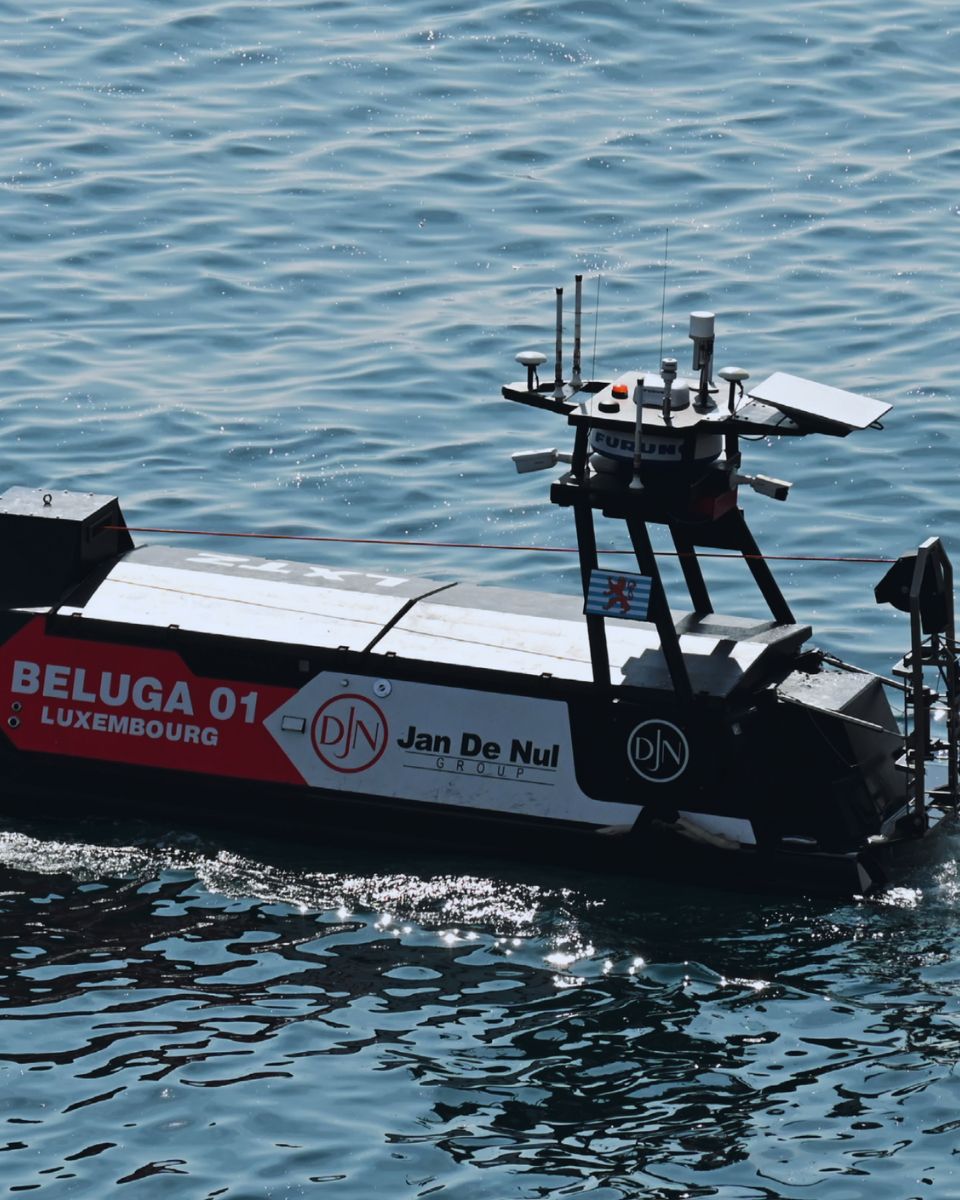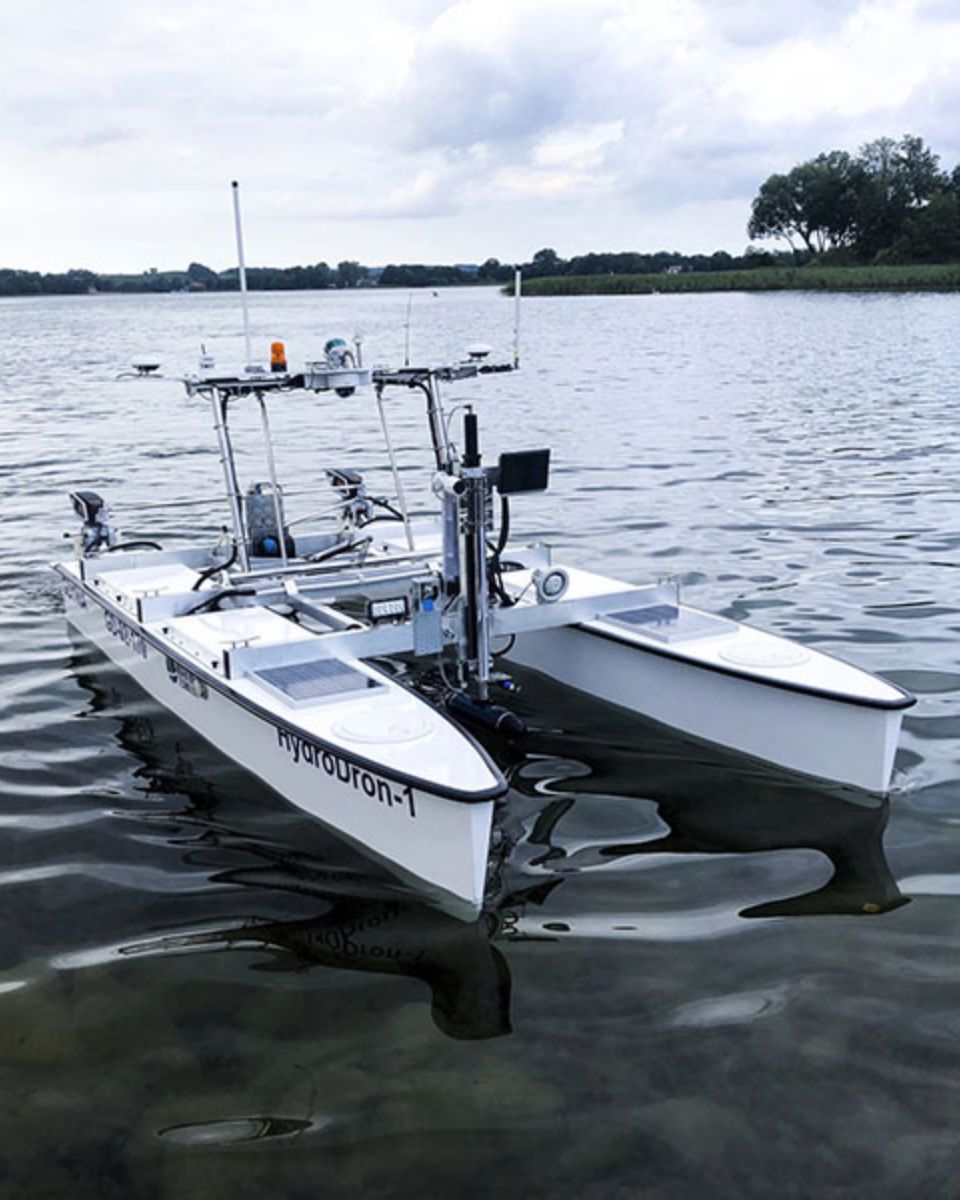AUVs’ Attitude and Heading Reference System
Our sensors are designed for seamless integration into your autonomous underwater vehicle (AUV), ensuring continuous collection and real-time transmission of data on roll, pitch, and magnetic-based heading. This data is crucial for accurately determining the AUV’s orientation and ensuring stability during underwater missions, allowing for precise navigation and control in challenging underwater environments.
Our systems combine data from accelerometers, gyroscopes and magnetometers, all fused through a robust algorithm that includes advanced decision logic and quality checks. This ensures reliable and accurate attitude estimation, even in magnetically disturbed or dynamic conditions.
With output rates up to 1 kHz, our AHRS delivers real-time orientation updates, enabling fast and responsive control — a critical requirement for modern AUV guidance and autonomy.
Motion and navigation systems for AUV
In AUV applications, AHRS ensures that the vehicle can stabilize itself in turbulent waters, navigate accurately, and adjust its motion according to the changing underwater environment. For example, AUVs used in seabed mapping rely on precise attitude data to maintain a stable platform for their sonar or other sensors. Without accurate attitude information, the vehicle’s data collection could be compromised, leading to errors in mapping or inspection tasks.
For underwater survey missions, INS is essential. It helps AUVs calculate their trajectory over time, allowing operators to execute precise mapping or monitoring tasks. With its ability to provide real-time feedback on position and motion, INS is critical for navigating through complex underwater terrain and avoiding obstacles like underwater structures, wreckage, or natural formations.
Our solutions for AUVs
Equip your AUVs with our inertial solutions. We offer both OEM and enclosure products to meet different user needs, designed for maximum precision in underwater environments. Whether for exploration, research, or defense, our systems deliver exceptional accuracy and durability, ensuring successful missions every time.
Autonomous vehicles brochure
Get our brochure delivered straight to your inbox!
Explore other offshore applications
Discover how our navigation and motion sensing technologies extend to a wide range of surface and underwater applications. From unmanned surface vessels (USVs) to autonomous underwater vehicles (AUVs), our solutions deliver reliable positioning, orientation, and motion data—even in the most challenging marine environments.
Do you have questions?
Our FAQ section covers the most common questions about mobile mapping systems, including information about the technologies involved, best practices, and how to integrate our products into your solutions.
What is the difference between AUV and ROV?
The main difference between an Autonomous Underwater Vehicle (AUV) and a Remotely Operated Vehicle (ROV) lies in their control and operation. AUVs are autonomous, operating without a direct human operator, pre-programmed to follow specific missions. Battery-powered and untethered, AUVs offer freedom of movement, making them ideal for tasks such as seafloor mapping and environmental monitoring.
AUVs can cover vast distances due to their autonomy. ROVs, on the other hand, are controlled by operators via a tether that connects them to a ship or platform. This tether provides power and communication but limits their range, making ROVs ideal for underwater inspections and repairs requiring real-time control.
